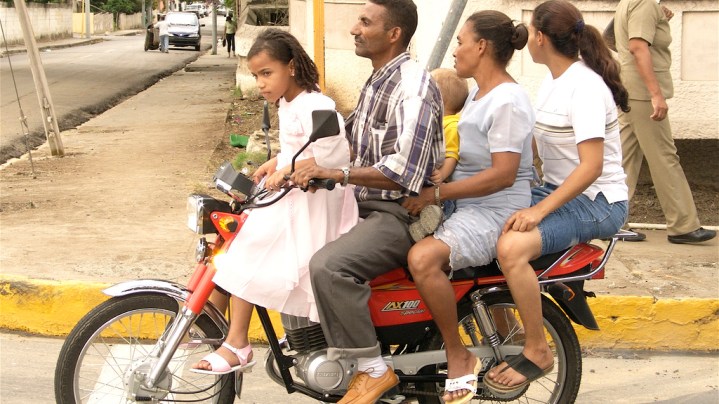These Dominicans Taught Us How To Motoconcho the Right Way

Orale Compadre
Motoconchos made their debut in Dominican Republic in the 1980s, and since then, the scooters have become a common form of transportation, standing in as taxis in residential areas that have limited access to carros públicos and buses.
The industry has its fair share of critics. Marcello Puello, the director of the Vinicio Calventi Hospital, for example, said drivers should wear helmets and knee pads. And that drivers should be properly licensed and insured before operating a motoconcho. It’s not completely off base, because many riders have died or suffered injuries. But, drivers have had their vehicles confiscated for not wearing helmets.
At the same time, these two-wheeled vehicles are essential to many in the D.R. For some, driving a motorcycle cab means a second paycheck, and for others, it’s a cheaper way to get around the island. According to El Nuevo Diario, the former vice-president of the Dominican Revolutionary Party, has defended drivers, who he believes deserve recognition for providing an indispensable service.
Motoconchos mostly transfer people or groups of people, but they are also contracted to deliver other items – meaning that at the very least, it’s a more fuel-efficient way to travel. And it’s difficult to deny motoconchos’ entrepreneurial spirit.
Here are eight people making the most of motoconchos:
4
These limit testers
7
José Durán
8
The future of Motoconchos
https://youtu.be/LTHFnSDERUI